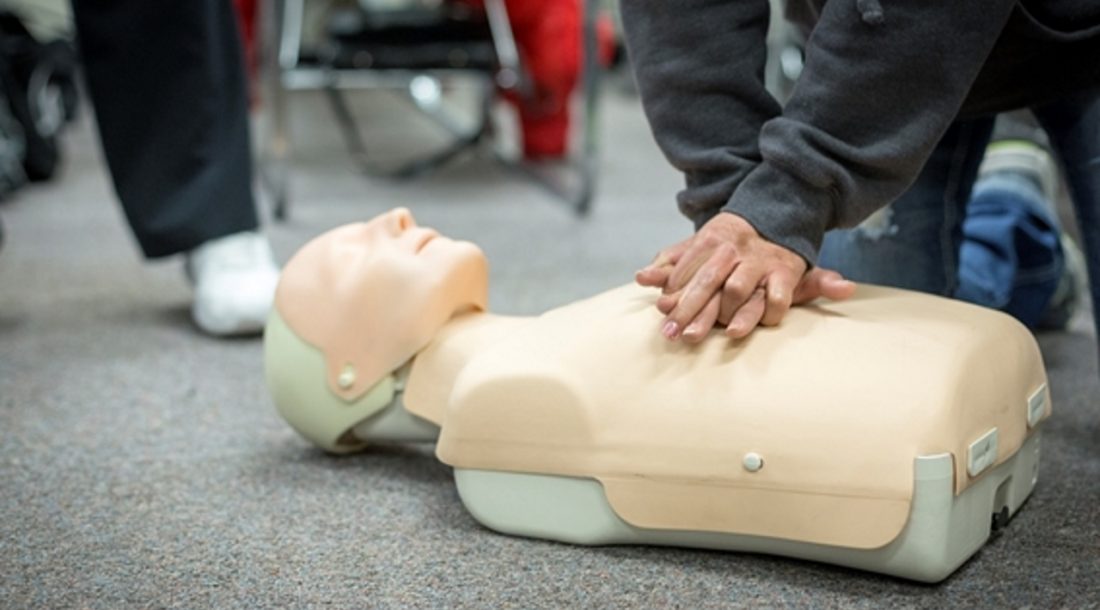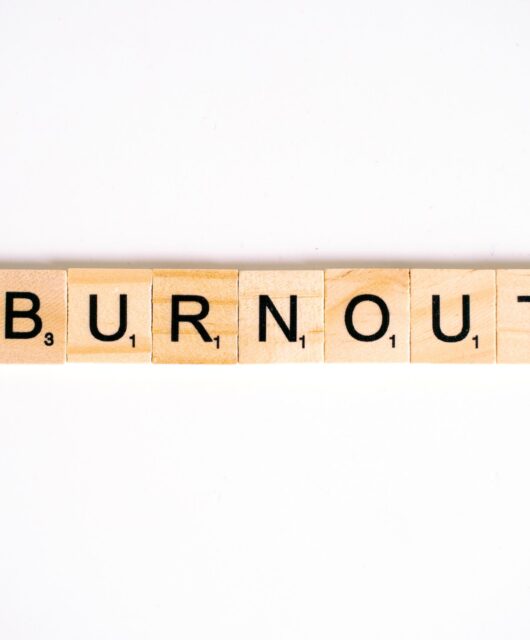Knowing These Techniques Can Save Lives
 Situations happen all the time when people get injured, and there is a need for someone to aid the person in distress. It is at these times when we appreciate that someone understands life-saving techniques.
Situations happen all the time when people get injured, and there is a need for someone to aid the person in distress. It is at these times when we appreciate that someone understands life-saving techniques.
The great news is that basic knowledge of what to do in a medical emergency is readily available for us to learn. The fundamentals are all the same; relax as much as you can, use clear thinking and common sense, and get a professional medical person involved as soon as possible. Until the person with the medical emergency can get to be tended at an emergency care facility by medical professionals, here are things you can do to assist:
In each of these instances, you will want to check your state’s Good Samaritan laws so you can fully understand what you can and cannot do in terms of helping someone in a medical crisis. Generally speaking, if the person is conscious, you must ask and receive their permission to assist them. If they are unconscious, you can render basic aid in order to attempt to save their life without fear of legal repercussions.
Strokes and Heart Attack
When blood is not getting to or from critical parts of the body or if the heart stops beating, it can lead to serious issues and even death. These conditions, a heart attack and stroke, can be some of the most difficult to treat by someone untrained. However there is one thing that you can do to assist someone having one of these issues and that is to give them an aspirin. Aspirin is both an anti-inflammatory and a blood thinner and can help more blood get through the large clots that lead to heart attacks and strokes.
Once you are sure the person is not allergic or that the aspirin will interfere with any other medication they might be taking, ask them to chew on one 325 mg amount of the pain reliever. This should be pure aspirin, not Advil or Tylenol. Aspirin can work quickly to get blood flowing again.
Cardiopulmonary Resuscitation (CPR)
CPR saves thousands of lives in the US every year. The approach to CPR has evolved over the years and new and more effective techniques are discovered, but the basic principles remain the same. After you call an ambulance, you check the pulse, breathing and airways of the injured person. Then basic CPR, which is chest compressions are performed. This is followed by tilting the victim’s head back and giving two, one-second breaths through the victim’s mouth. The pattern is 30 chest compressions, then two breaths, and continues until the victim begins to breathe or help arrives. If you are not aware of exact CPR procedures, you should learn them because they are valuable in many medical crisis situations.
Stop Someone from Bleeding
When someone has a large open wound, blood will continue flow out from it. Most people think that bleeding with stop no matter how bad the wound is, but this is simply not the case. There is a protocol to follow when someone has a bad open wound: First call 911 and alert the operator to what has happened. She will also work with you to try and get the blood to stop flowing. Next, raise the part of the body that is bleeding above the heart. This will slow down the bleeding. Next, put pressure on the wound to help the blood clot and stop flowing. Bur, blood will not clot until it stops flowing. So use a piece of gauze or a thick cloth and press it on the wound until the blood begins to thicken. Use pressure points or a tourniquet between the wound and the heart to continue to slow down the blood flow. If you are successful, the blood will clot and stop flowing.
These techniques can save lives until a person can be tended to by a doctor. Please do additional research on each so you are totally familiar before you try them on someone.









